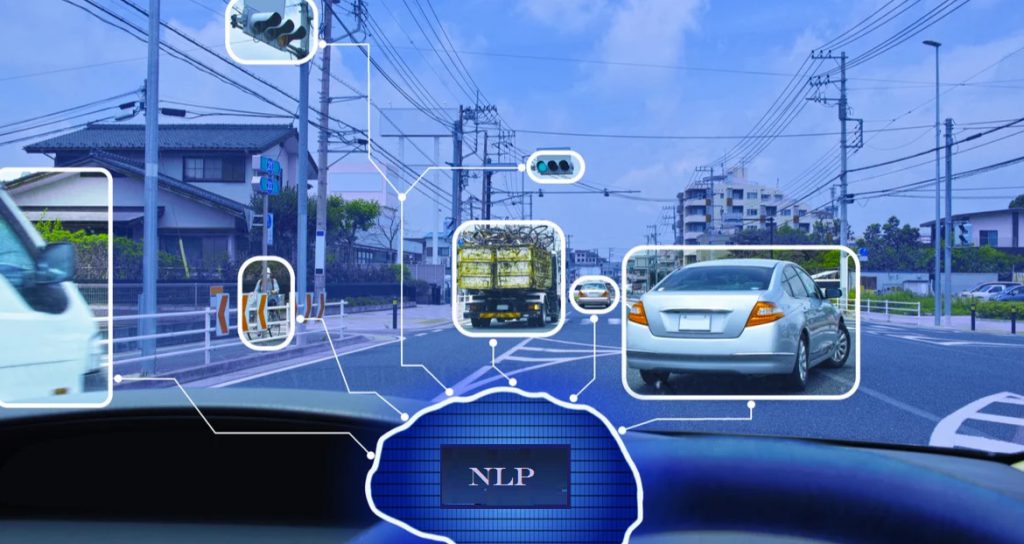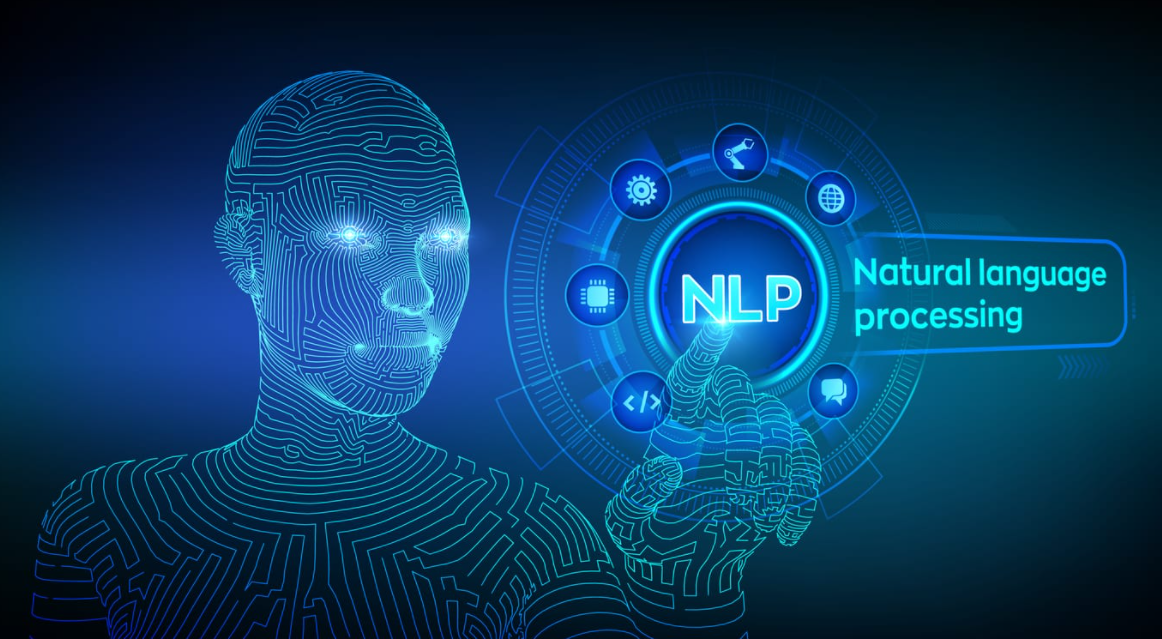Natural language processing (NLP) is the branch of artificial intelligence or AI—concerned with giving computers the ability to understand the text and spoken words of human language in much the same way human beings can.
NLP drives computer programs that translate text from one language to another, respond to spoken commands, and summarize large volumes of text rapidly—even in real-time.
NLP in the form of voice-operated GPS systems, digital assistants, speech-to-text dictation software, customer service chatbots is some of its good examples.
Also Read : Top 5 Amazing Examples of Natural Language Processing.
The task of NLP:

Human language is filled with ambiguities that make it extremely difficult to write software that accurately determines the intended meaning of text or voice data. Sarcasm, idioms, metaphors, grammar homonyms, homophones, and usage exceptions, variations in sentence structure—these are just a few of the irregularities of human language. It takes humans years to learn all these, but that programmers must enable natural language-driven applications to recognize and understand accurately from the start, to make these applications truly useful.
Here are a few fundamental NLP pre-processing tasks data scientists need to perform before NLP tools can make sense of human language:
- Tokenization: Tokenization breaks down text into smaller semantic units or single clauses
- Part-of-speech-tagging: This includes marking up words as nouns, verbs, adjectives, adverbs, pronouns, etc
- Stemming and lemmatization: standardizing words by reducing them to their root forms
- Stop word removal: filtering out common words that add little or no unique information, for example, prepositions and articles (at, to, a, the).
Only then can NLP tools transform the text into something a machine can understand.
Applications of Natural Language Processing In Different Sectors:
MarketstandMarkets predicts that the NLP market size will grow from USD 10.2 billion in 2019 to USD 26.4 billion by 2024. The NLP market’s significant growth factors include increased smart device usage, the adoption of cloud-based solutions, and NLP-based applications to enhance customer service and increased adoption in the different industries.
NLP in Education:
Natural language processing (NLP) can be effectively used in education for promoting language learning and improving the academic performance of students. It assists in developing an effective process of learning in the educational setting by developing scientific approaches which can process of using computer and internet for enhancing the learning.
NLP in Marketing:
NLP is often used to gain a qualitative understanding of the “why” and “what” of a situation, and enables users to make more insightful decisions. In Marketing Analytics, NLP can be used to understand your audience’s intentions so that you can create smarter, more efficient marketing strategies.
NLP in Healthcare:
The global Natural Language Processing (NLP) in healthcare and life sciences market size to grow from USD 1.5 billion in 2020 to USD 3.7 billion by 2025, at a Compound Annual Growth Rate (CAGR) of 20.5% during the forecast period.

The major growth factors of the NLP in the healthcare and life sciences market include the rising urge for predictive analytics to reduce risks and improve significant health concerns and the growing demand for improving Electronic Health Record (EHR) data usability to enhance patient care.
NLP In Banking:
Banks are using a branch of Artificial Intelligence called natural language processing (NLP) to automate certain document processing, analysis, and customer service activities. Three applications include Intelligent document search: finding relevant information in large volumes of scanned documents. With the help of the Optical Character Recognition technique and machine learning algorithm associated with NLP, the portfolio of the customer is made so that the risks of frauds and scams can be mitigated. Moreover, it speeds up Know Your Customer (KYC), and Investment analysis.
NLP In Business:
Organizations are turning to Natural Language Processing (NLP) technology to derive understanding from the countless unstructured data available online and in call logs. In short, Natural Language Processing gives machines the ability to read, understand and derive meaning from human languages.
NLP in Manufacturing:
NLP in the manufacturing sector helps break down the barriers between humans and technology to improve communication and productivity. The AI system can then produce real-time reports from the collected data in natural language. Instead of relying on a data analyst, managers can see these reports as soon as the data is generated, detecting patterns and trends to make important business decisions in near real-time.
NLP in Autonomous Vehicles:

Natural language Processing helps Passengers talk to the vehicle, such as asking for a ride to the destination they want, changing the route, stopping for a restaurant, or stopping at a shopping mall. This provides a very rich experience and is very useful for the elderly, who may not be keen on interacting with automated systems.
Driverless cars are yet to hit the streets. The Guardian predicts that self-driving vehicles would be on the road from 2020. On the other side, tremendous progress has been made, and with every month, autonomous cars get closer to rolling out.

